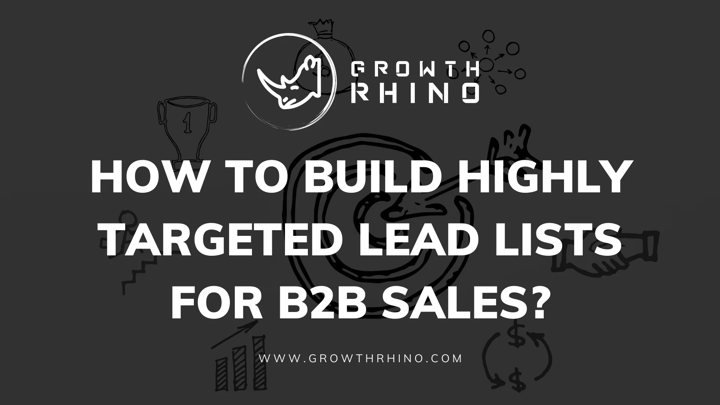
What Is a Lead List, and Why Do You Need One?
So what exactly is a lead list, or a B2B lead list? It is a complete list or compilation of specific companies and organizations that can be deemed your prospective clients. They are on your lead list because they satisfy all the criteria that you have defined for your clients. For example, the workings of a particular company align well with your requirements and the company features complete data on its geography, industry, etc. One of the main advantages of having B2B sales leads lists is that it bolsters the sales team’s performance directly. Since you share a fully structured B2B lead list with your marketing and sales team, it will save them time, and they can get valuable and authentic contacts to approach the prospective clients. This way, they can focus more on their core duty, which is selling.
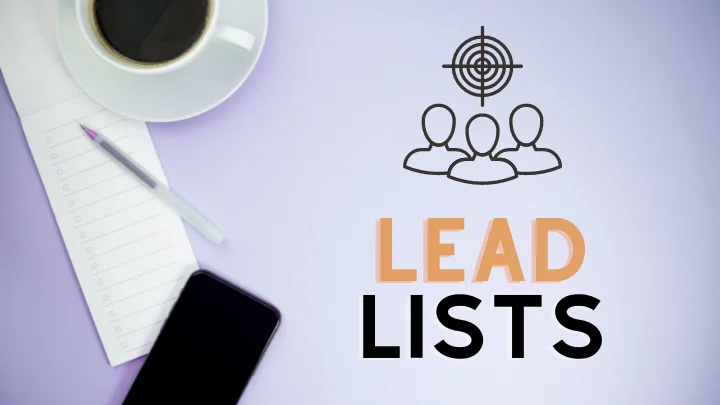
What Does a Good Lead List Look Like?
A good B2B leads list consists of information as per the lead’s definition in your company and the specific data you need from them. These lists include particular companies or contacts that are an ideal fit for your company. The choice of these leads usually depends on the goals you aim to achieve. So it is always about making the right choices and connecting with the right people to build your lead list.
There are two types of lead lists:
- Company lead list: On this B2B leads list, you would find contacts of several employees from a company whereby the company is the main target. ABM, or account-based marketing, is a key area where these lists are put to extensive use. This kind of lead list helps you contact several people in a company quickly and easily. This is also helpful when you need to address or offer something to a company as a whole and not just a specific contact person.
- Contact B2B lead list: Here, the target is the individual or a specific department. These lists are often used for cold-calling by sales teams. Though it is limited to individual departments or individual employees, if the right contact is received, the chances of success are much higher.
Here are the key details that every lead list should have:
- The company name should be complete and correct
- The name of the contact person
- Authentic contact options (phone or email address)
You should also consider adding the following information:
- Designation and department of the mentioned person
- Lead source through which they got the information about your offer
Why Buying Lead Lists Is Not a Good Option?
If you buy B2B leads lists, it can prove to be very costly. They come with added risks and can hamper your sales and marketing processes, creating an overall negative impact on your company as a whole.
Here are a few reasons why you should avoid buying a lead list:
1) Comes with Mostly Useless Data:
Most of the lead lists that are sold in the market contain out-of-date information and contacts, are often filled with gaps, and constitute just basic information that yields no help to you at all.
On top of these, you won’t get verified leads. You’ll be talking to the people who are either not interested in your product or service or have never heard of it. This kind of investment would not be helpful in the long run and is not worth your money or time.
2) Waste of Money:
As mentioned, lead lists are pretty costly when bought. Since they do not provide accurate and verified information, investing money in these things is pointless.
3) Violation of Regulations:
There are global regulations associated with buying lead lists (like GDPR in the EU, POPI Act in South Africa, and CAN-SPAM in the United States). If you purchase these lists from unverified sources, you will be putting your company at risk of breaking regulations.
4) Very Low Engagement:
The vendors who sell lists need to profit from it. These lists are sold to various other companies like yours. So you will find yourself competing with other companies in the same information pool. In that case, the chances of standing out from the crowd are difficult. Thus, the opening and click-through rates for your service would go down significantly.
5) Chances of Bad Reputation:
Since the vendors sell the same list to various other companies, your chances of getting marked as spam are high. This would earn you a bad reputation in the market, something quite unwanted.
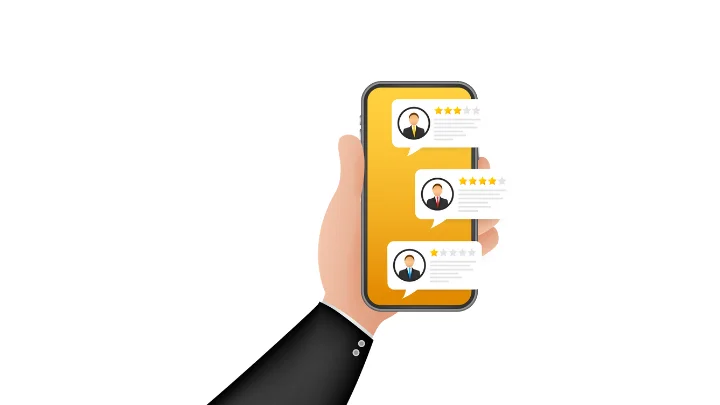
How to Build a Targeted Prospect List:
Thinking about how to build a prospect list? Well, you need to put a lot of effort into this. With the help of the following steps, you are sure to get successful results.
1) Create an Ideal Customer Profile:
Before starting a list, you need to determine who your ideal customer/target audience is. To find this out, you would need to engage with people firsthand. Eventually, you will understand who needs your services and products and who can be converted into customers just from the leads. You can perform this task with your sales team by grouping the common characteristics of your customers.

Here are some questions for better reference:
- To what industries do your customers belong?
- How successful and large is their organization in terms of employment and revenue generation?
- What are the designation and job roles of your customers?
- What are their specific responsibilities and KPIs (key performance indicators)?
These questions and other data would help you create a detailed customer profile before approaching them directly.
2) Identify the Companies and Decision-Makers You Want to Target:
Next, create another list of various companies that align well with your requirements and can be converted to proper paying customers. Now that the list is complete, determine the various departments or decision-makers that you would like to contact.

Consider companies that are well established and have enough funds to pay for your products and services. Once you have shortlisted these companies, find their authentic contact channels through Google and LinkedIn to connect with them.
3) Find Contacts on Google:
Like the last line of the previous point said, find the contacts of the shortlisted company on Google. In most cases, Google provides you with accurate contacts. The process can indeed be long and tedious, but it is sure to yield success in the end. Search for these companies on Google, and get their contact information, be it a phone number or an email ID. Try to validate these contacts as soon as you acquire them. Keeping them stacked for later validation can prolong the process.
4) Create a Highly Targeted Lead List with LinkedIn:
LinkedIn is a highly preferred platform to get leads for your business or organization. Since it tends to keep authentic information, creating a lead list from this platform can be beneficial. LinkedIn can streamline the entire process of list-building with its advanced tools and features.
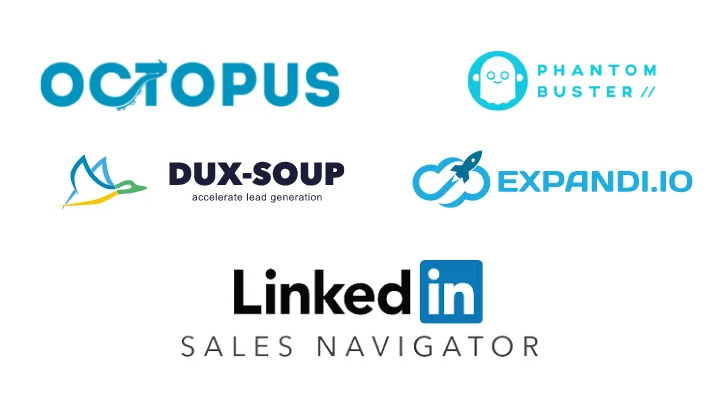
The premium version of LinkedIn includes the LinkedIn Sales Navigator tool, which allows you to easily filter the created list. This process otherwise requires a lot of research and diligence. Hence, it provides excellent prospect-building opportunities to its users. The leads derived from LinkedIn are genuine and would return you something worth your investment.
5) Create Lead Lists Using Cold Email Marketing:
You can extensively use the method of cold email marketing to generate genuine lead lists. Here are some steps that you need to follow for a successful cold email outreach campaign:
Step 1: Select a Versatile Emailing Domain:
The first step toward launching a cold email outreach campaign is to select a suitable emailing domain that you can work with. You can choose between Gmail and Outlook to start with. You can then start working on personalizing the email content and getting your spamming rates low. These basic steps would get you going into launching a full-blown outreach campaign with cold emailing.
Step 2: Determine the Target Audience:
Before creating the content of your email, first identify your target audience. It helps you to create and personalize content based on the audience and their area of operation. It also provides specific details about the leads, which you can use in the email for highlights and making better connections.
Step 3: Begin Prospecting:
To accomplish this step, use the web to its fullest potential. The web contains valuable information about most of the prospects you are looking for. You can use LinkedIn to scale information about B2B sectors and businesses and use Google to acquire primary data about all sorts of industries.
Step 4: Validate your Email List:
You would want and need an updated list of email addresses, and anything invalid or wrong would not work. Hence, before making a move, make sure that all email addresses in the list are correct, valid, active, and excluding all the spam accounts. This is one of the best ways to generate leads. You can use one of the many online tools available, both free as well as premium, to check whether the emails in your list are valid or not.
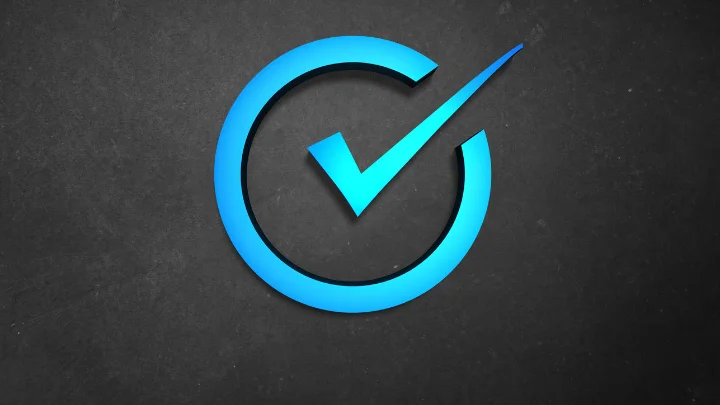
Step 5: Focus on Personalization:
Personalize the content in your email in such a manner that the recipient sees the effort you have put in to reach out to them. Collect all verified and correct information about the recipient and incorporate it into the email. You can also attach some other valuable information shared by the recipient to enhance your B2B marketing efforts.
Step 6: Always Follow Up:
If the recipient does not reply to your initial email, do not ignore that person under any circumstance. Consider following up with a reminder about the previous mail you sent. Never be aggressive with the follow-up email, and always wait for 1–3 days before following up.
6) Build a Prospect List Using Automated Tools:
Several outreach prospecting tools available online can be used to build a solid list of prospects easily. Some of these tools come for free, while for some, you need a premium membership. While the free ones come with basic features and can be risky to use, using the premium versions is safe and offers a plethora of advanced features for the smooth processing of qualified leads. Some of these automated tools are the following:
- LinkedIn Sales Navigator
- Expandi.io
- Octopus CRM
- Dux-Soup
- Phantombuster
- Validate your Contact Details
As per a study, nearly 36% of the B2B sales and marketing contact data changes or discontinues every year. So if you had collected contacts from third-party sources a year ago, the chances are high that they have either changed or discontinued. Thus, validating every contact before sending the emails is quite crucial for a successful reach and engagement.
7) Start Networking:
Networking is crucial to attracting more leads. Building up connections across various platforms like LinkedIn, Twitter, Facebook, and other social media sites can help you pitch your ideas more. Doing this with the help of automation tools increases the chances of converting them to paid customers for your company.
8) Do Your Final Research:
Finally, conduct thorough research on all the required aspects of the lead. This streamlines your requirements and helps you approach the lead better. Having all the information about the lead beforehand makes it easier to connect and start a conversation. This way, you also get better chances of conversion.
Conclusion:
Creating a prospect list is one of the most important and most challenging jobs in the whole outreach process and sales pitching. Thus, getting it right and on track is very important, even if it takes a lot of time at first. This would not only help the sales team but would also benefit the company as a whole.
Investing time and effort in this process is essential to see great results. You can start with the basic steps and then move on to the advanced ones. Seek help and make your every step count. Create a list of prospects that have the potential to get converted into customers.
Today, more than products and services, the success of your business depends on the quality of your lead list.
